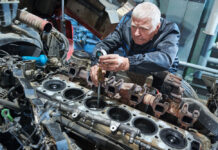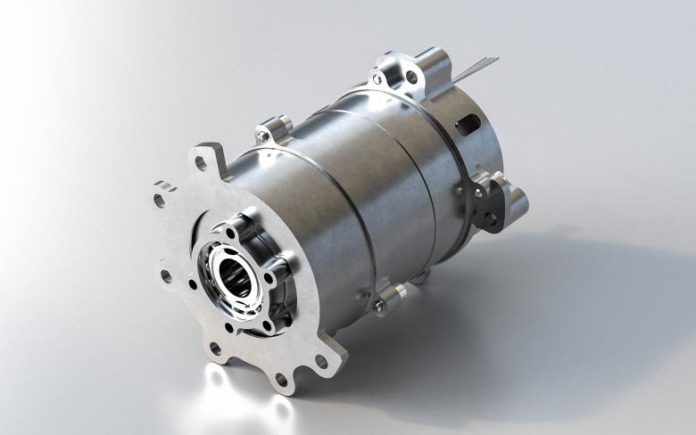
You know how you look at a robot and you see it performing all its actions and tasks seeming to be independent on its own. Well, that isn’t always what happens. There is an internal end of arms technology which helps the robot to do all the tasks it is supposed to handle. And also handle different types of assembly.
One of the components the robots have that are key is the rotary actuator. It is known as quite a small but heavy-duty package that helps engineers and those using the robots to convert it. This is used in forming the muscles and joints of a robot. It gives very high amounts of mechanical torque and stiffness mechanically.
What are the uses of Rotary Actuators?
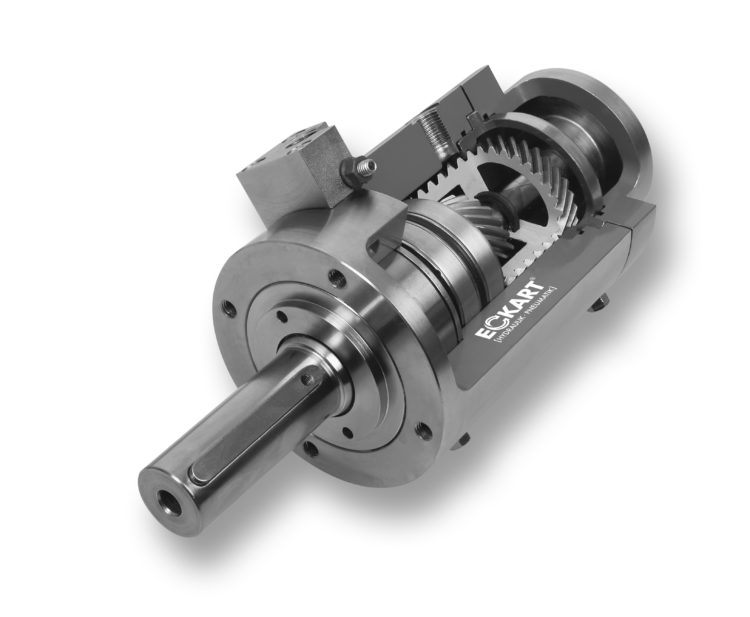
This can simply be used with or separately with different other pieces of equipment in tasks where the robot that should be used are too expensive or big. Also can be used in a case where the machine being used is not fast enough or has problems responding quickly. To learn more about these actuators, visit IntelLiDrives.com
Types of Rotary Actuators
Pneumatic rotary actuators remain the most popular piece of equipment that could be used while producing goods and services in a manufacturing company. But this is not the case of hydraulic rotaries, this is because they have possibilities of causing serious environmental damage. And manufacturers have a lot of concerns for the environment and want to try to maintain it with how they are producing their products.
Helical rotary actuators use multiple helical gears to produce rotational movement by converting the linear movement of the piston into a controlled force. Connonsiers know them to be highly reliable, simple, powerful, and balanced, which is why they boast many fields of application.
Apart from being all this, helical rotary actuators are also less expensive.
Together with rotary position control, a highly effective backlash eliminating mechanism allows for this type of actuators to be smaller and lighter without compromising the accuracy of position. On the contrary, the accuracy of helical rotary actuators is exceptionally high.
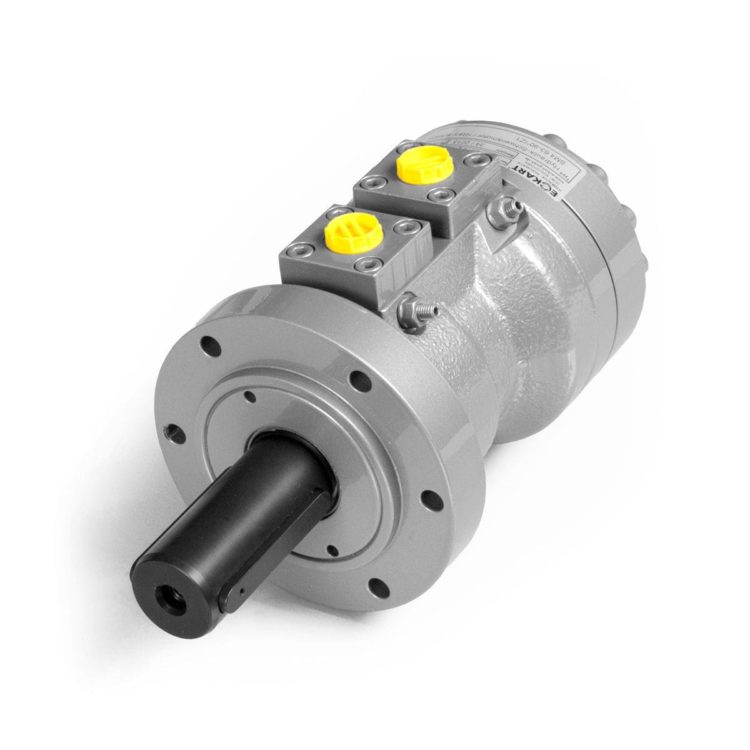
Because they are both simple and effective, helical rotary actuators are used for artificial and robotic leg and arm joints, medical devices, military equipment, landing gear, lifting equipment, construction equipment, earthmoving equipment, and subsea valves. Rack-and-pinion rotary actuators, also known as limited rotation cylinders, are the weapon of choice in scenarios that require high torque. They produce restricted rotation by converting force through a diagonally placed (bidirectional) piston or multiple pistons.
Hailed for their versatility, rack-and-pinion rotary actuators are also extremely reliable. The ability to withhold heavy loads is another differentiating point of these actuators. As previously mentioned, limited rotation cylinders dominate the high torque industries. You can find them in the tire industry, steel industry, cement factories, and power stations, where they showcase great mechanical efficiency and excellent durability.
There are also electric rotary actuators that are not so old and they have a steady and slow increase in the way they are used.
The first two different types of rotary actuators are presented in double or single racks and pinions. Also, helical spiny versions which could be semi-rotary.
It is highly created to be used for heavy-duty and precise tasks. The pinion and rack rotary actuators aids in changing the linear motion through a cylinder and to a rotary motion.
A two vane rotary actuator presents itself with differently opposed barriers and vanes. Though this concept has been showed to grant double the torque using the same space as a single vane actuator. The rate of rotation is not limited to more than 100 degrees.
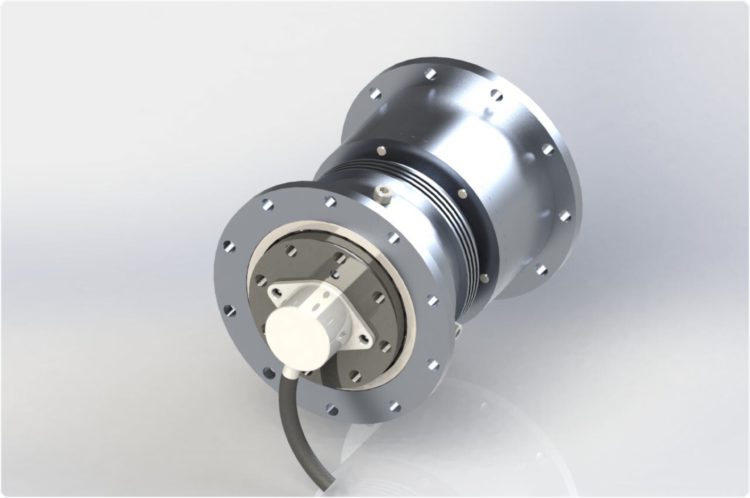
There is another type of rotary actuator that is pneumatic and it is usually used with a cable. Here the RCC model is offered by PhD Inc. As stated by a senior segment manager Carey Webster, he stated that the quality steel of the aircraft can drive the unit in more than one different rotations. Of about 180 degrees and 90 degrees. It doesn’t have a high profile and can easily be used in spaces that are confined. But with this, it can easily create a high thrust that could be used with its size. Uses of this type of rotary actuators include its ability to assemble electronics, label manufacture products, and light part rotation.
Have you heard of a vane rotary actuator? They are not as expensive and quite smaller than other rotary actuators. It doesn’t need a lot of maintenance because it doesn’t have as many parts as the other actuators do. It has a mechanical efficiency of about 80-95%. It is mostly used while operating a valve or shifting a chute.
There are also some negative effects of using the vane rotary actuators. These include how hard they are to seal, the issues of bypass leakage which is quite common and holding the position are not infinite unless you have external controls. Then it will be manageable.
There are also Helical rotaries(also known as rotary actuators). These help in giving a very high torque with a little size, it provides torque that is constant with a proper angle of rotation. And it does it so well that there won’t be any form of leakage that would occur internally. Adding to these benefits of the helical rotary actuator, it also aids in gearing, bearings, and movement of the hydraulic units as long as they are all soaked in oil. This makes them almost free of maintenance.
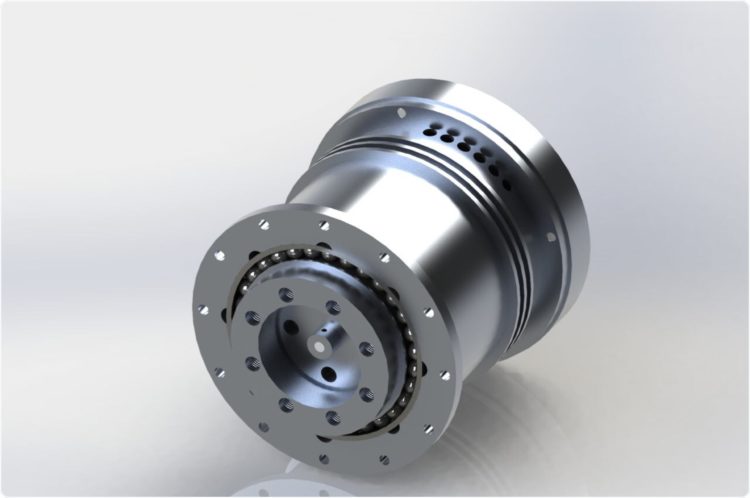
Generally, with the use of Rotary Actuators Models, there have a lot of advantages which include unrestricted rotation, programmability, efficient control, and a very simple setup. But they are quite more expensive, heavier, and they produce a torque that is not as high as liner pneumatic actuator models.
It also aids in reducing the stress faced by automation in factories and companies especially those that are into the manufacturing of products and goods.




